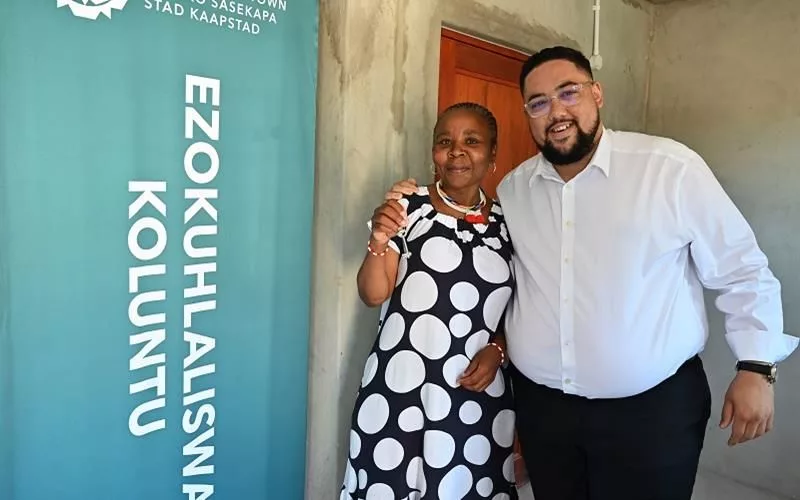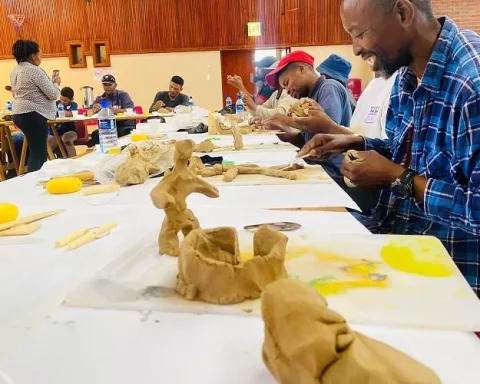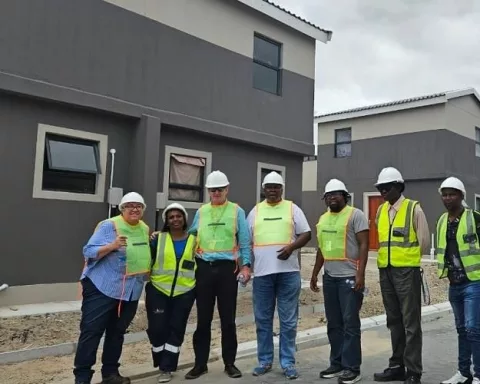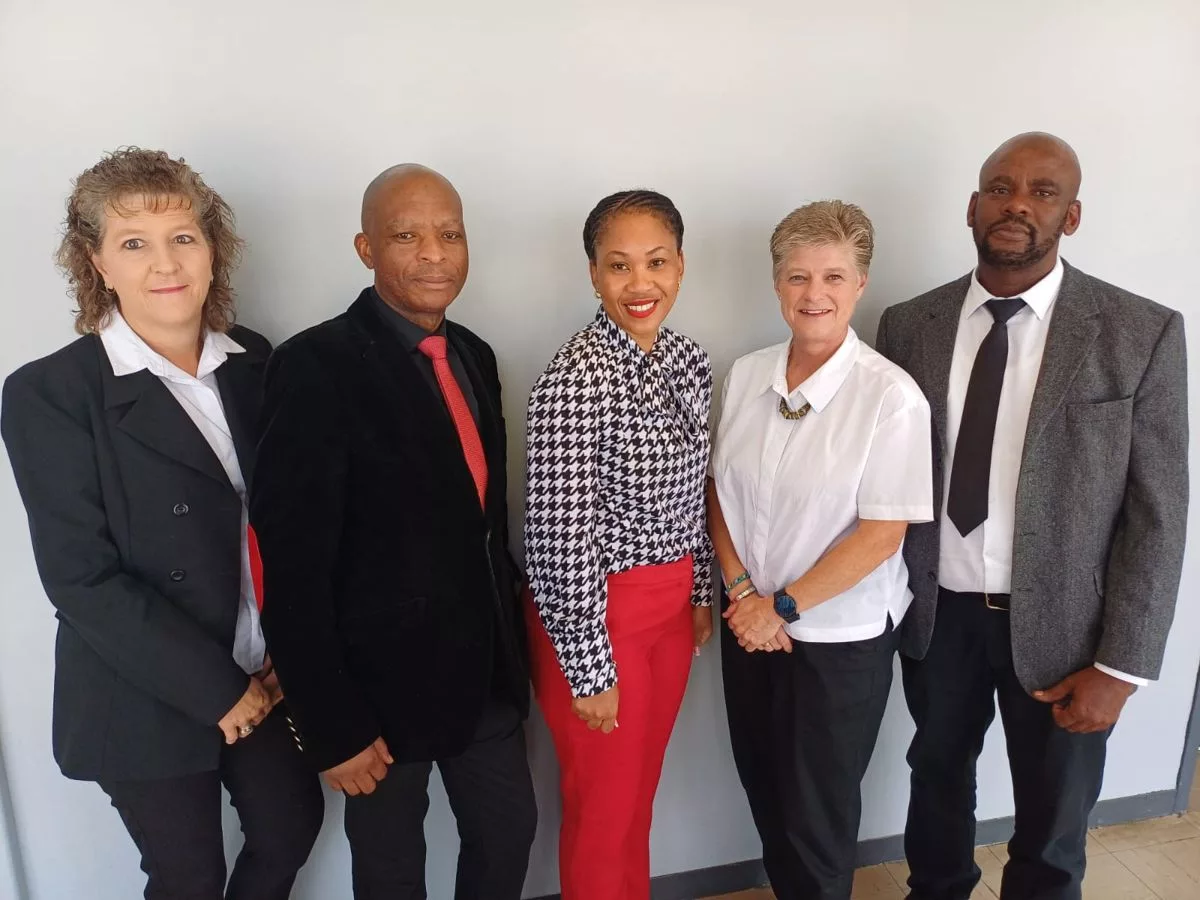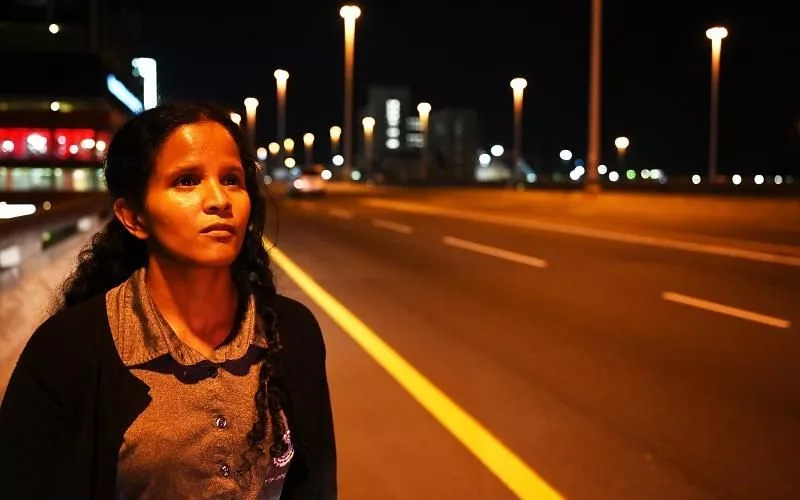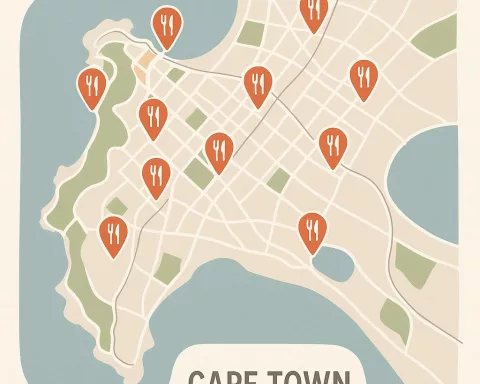The Gugulethu Infill Housing Project is bringing joy and hope to the community of Gugulethu, South Africa, by building 52 new homes for deserving families. This celebration marks a fresh start for many, especially the elderly and middle-aged residents who finally have a safe place to call home. As they move in, they not only gain shelter but also a sense of belonging and stability. This project symbolizes the community’s strength and resilience, showing that together, they can overcome challenges and build a brighter future. The new homes are more than just buildings; they represent dreams coming true and a promise of better days ahead.
What is the Gugulethu Infill Housing Project?
The Gugulethu Infill Housing Project is a transformative initiative aimed at addressing housing scarcity in Gugulethu, South Africa. It recently celebrated the handover of 52 newly constructed homes as part of the Breaking New Ground (BNG) initiative, promoting community upliftment and stability for deserving residents.
A Celebration of New Beginnings
Gugulethu, a township rich in cultural heritage and historical depth, recently experienced a transformative event that melds modern development with community upliftment. The City’s Gugulethu Infill housing project became a symbol of hope as it celebrated the handover of 52 newly constructed homes to deserving residents. This event was not merely about providing homes; it was a celebration of resilience, community spirit, and the relentless pursuit of dignified living for all its inhabitants.
The significance of this milestone is profound, particularly in a region where housing scarcity is a pressing issue. These homes, part of the Breaking New Ground (BNG) initiative, represent a step forward in addressing this challenge. For the new homeowners, many of whom are elderly or middle-aged, this development means more than just a roof over their heads. It offers a renewed sense of belonging, stability, and hope as they embark on a festive season marked by new beginnings.
This ambitious project aims to deliver 1,004 homes across two key locations: 570 units at Gugulethu Erf 8448 and 434 at the Mau Mau site in Nyanga. The city’s commitment to this endeavor highlights a steadfast dedication to overcoming adversities and fulfilling promises. Collaborative efforts between the City, community stakeholders, and project steering committees have been pivotal in ensuring that these homes reach the rightful beneficiaries. Despite facing numerous challenges, the project stands as a testament to determination and collective resolve.
Overcoming Adversity and Celebrating Progress
Reflecting on the project’s progress, Councillor Carl Pophaim, Mayoral Committee Member for Human Settlements, expressed immense pride in what has been achieved. He underscored the significance of this achievement, not just for the individuals receiving their homes, but for the broader community as well. The path to this point was fraught with obstacles, including contractor issues, delays from the Covid-19 pandemic, extortion attempts, illegal occupations at the Mau Mau site, and vandalism. Each challenge was met with determined action, ensuring that the project’s vision remained undeterred.
Gugulethu’s history of struggle and triumph is deeply woven into its community fabric. Established during apartheid as a segregated area for Black South Africans, it has since evolved into a symbol of resilience and unity. The township’s name, derived from the Xhosa phrase “igugu lethu” or “our pride,” resonates through the stories of its people. These new homes add another chapter to Gugulethu’s vibrant narrative, fostering a sense of pride and ownership among its residents.
The allocation process for these homes adheres strictly to the City’s Housing Allocation Policy and Housing Needs Register. This system ensures transparency and fairness, preventing queue jumping and guaranteeing that housing opportunities reach those who genuinely qualify under South African legislation. Such measures are crucial in maintaining trust and equity in housing distribution, especially in areas with high demand.
Building a Future Through Inclusive Development
Beyond their physical structures, these homes embody a broader social mission. They represent a critical step in addressing persistent spatial inequalities in urban South Africa. Projects like the Gugulethu Infill initiative are not solely about providing shelter; they are about creating inclusive spaces where families can flourish. They offer a foundation for community development, empowering residents to build connections, support one another, and cultivate a shared identity rooted in mutual respect and collaboration.
The Gugulethu Infill project also highlights the importance of sustainable urban development. By addressing systemic issues such as extortion and illegal occupation, the City sets a critical precedent for future housing initiatives. By prioritizing safety, legality, and community engagement, the project serves as a model for other cities facing similar challenges. It underscores the vital role of policy, governance, and communal effort in creating environments conducive to growth and prosperity.
In this narrative of progress, personal stories from beneficiaries vividly illustrate the project’s impact. Elders who once faced uncertainty now speak of newfound peace and security. Middle-aged residents, who have long dreamed of owning a stable home, find solace within the walls of their new residences. These personal accounts highlight the profound effect that secure, decent housing can have on individuals and families alike.
A Future Bright with Promise
The convergence of historical context, community spirit, and modern development positions the Gugulethu Infill housing project as a remarkable case study in urban regeneration. It demonstrates how targeted interventions can foster social harmony and economic stability, even amidst adversity. As new homeowners settle into their residences, they do so with the understanding that their new address represents more than just a location—it is a promise fulfilled, a dream realized, and the beginning of a brighter future for their community.
This holiday season, as lights illuminate the streets and festivities abound, the new homeowners of Gugulethu celebrate more than the season’s joy. They celebrate a newfound sense of dignity and optimism, marking a significant step forward in the ongoing journey toward equitable urban living in South Africa. These developments shine a light on the potential for community-driven progress, providing a model for similar initiatives in other parts of the country and beyond.
FAQ – Gugulethu Infill Housing Project
What is the Gugulethu Infill Housing Project?
The Gugulethu Infill Housing Project is an initiative aimed at addressing housing scarcity in Gugulethu, South Africa. It recently celebrated the handover of 52 newly constructed homes as part of the Breaking New Ground (BNG) initiative, focusing on community upliftment and stability for deserving residents.
Why is the project significant for the Gugulethu community?
This project represents a fresh start for many families, especially the elderly and middle-aged residents, by providing them with a safe and stable place to call home. It symbolizes the community’s strength and resilience in overcoming challenges and building a brighter future.
How many homes are being built in total?
The Gugulethu Infill Housing Project aims to deliver a total of 1,004 homes across two key locations: 570 units at Gugulethu Erf 8448 and 434 units at the Mau Mau site in Nyanga.
How were the new homeowners selected?
The allocation of these homes follows the City’s Housing Allocation Policy and Housing Needs Register. This ensures transparency and fairness in the selection process, preventing queue jumping and ensuring that housing opportunities reach those who genuinely qualify under South African legislation.
What challenges did the project face?
The project encountered numerous obstacles, including contractor issues, delays from the Covid-19 pandemic, extortion attempts, illegal occupations at the Mau Mau site, and vandalism. Despite these challenges, determined actions were taken to ensure the project’s vision remained undeterred.
How does this project contribute to sustainable urban development?
The Gugulethu Infill project addresses systemic issues such as extortion and illegal occupation, setting a critical precedent for future housing initiatives. By prioritizing safety, legality, and community engagement, it serves as a model for other cities facing similar challenges and promotes inclusive spaces where families can flourish.

